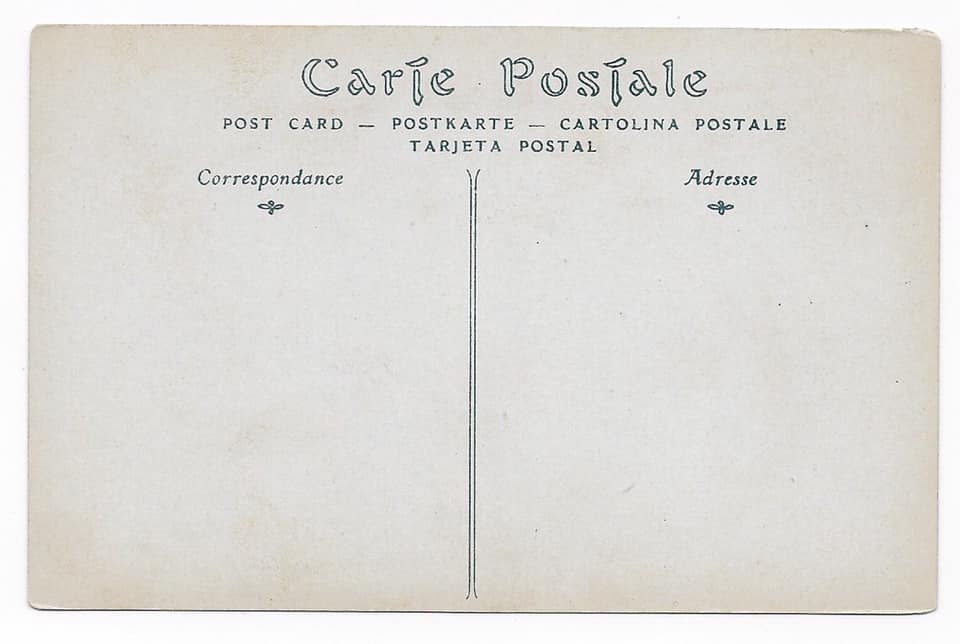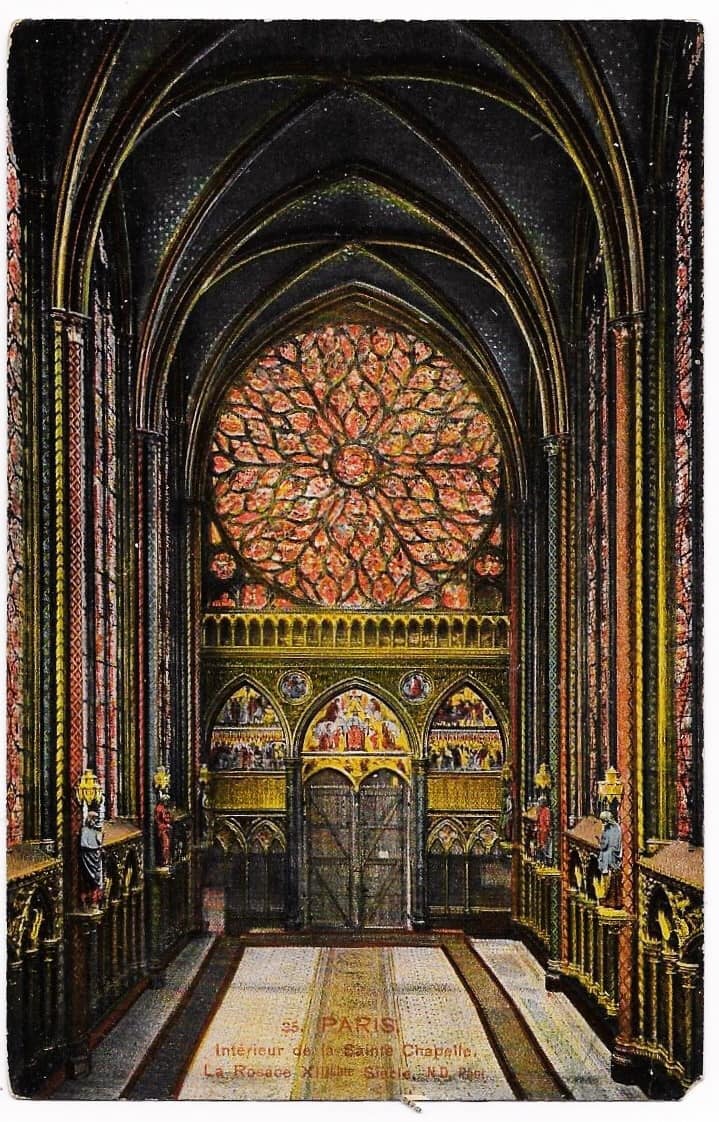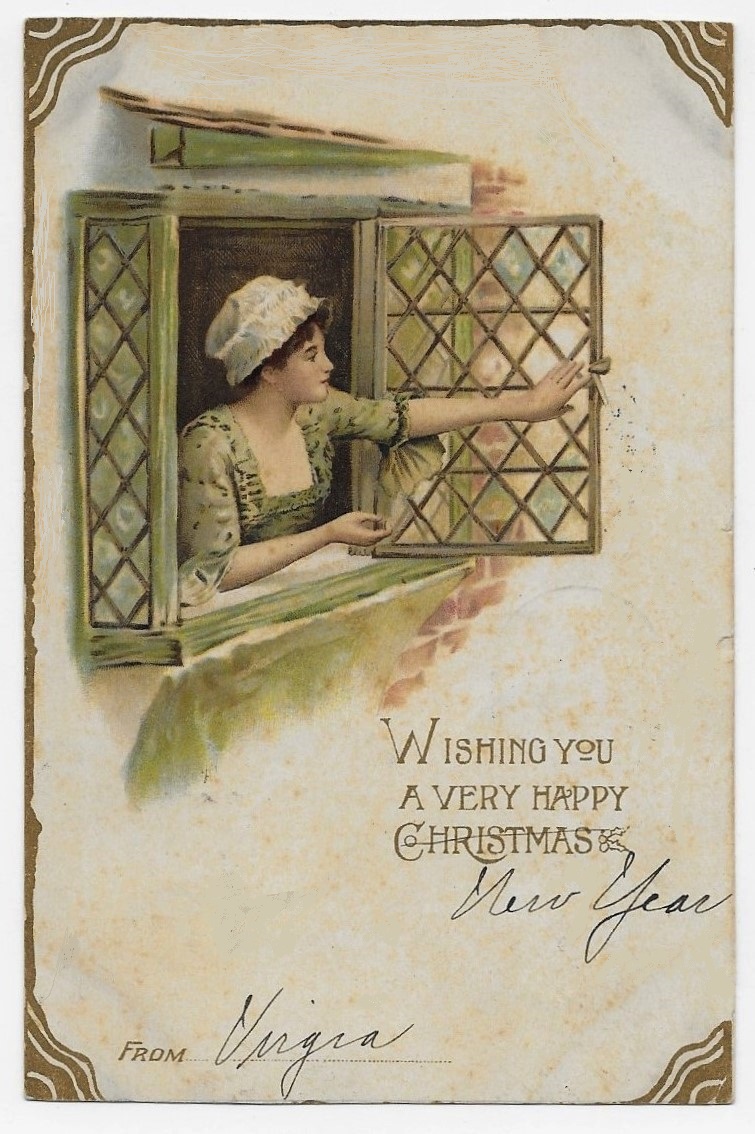Perhaps the greatest monument to the skill, idealism, passion, and craftsmanship of the Late Medieval Period is found on the Ile de La Cite, in the center of Paris.
Before the fortress of the Louvre was converted to a Royal Palace in the 14th century, the Kings of France resided on the Ile de la Cite.
In the early 13th century, the centers of European power were in disarray.
The throne of the Eastern Emperor in Byzantium was filled temporarily by a place-holder, the Holy Roman Empire faced internal division, and the Papacy was embroiled in temporal disputes.
The Kingdom of France, due in part to the celebrated skills of Louis IX as peace-maker and administrator, was growing and prospering.
Louis IX, later St. Louis, spent an astounding fortune to ransom the most sacred Byzantine relics (accumulated during centuries of Byzantine domination of the Middle East) that had been pawned to rich merchants in Venice.
Among the treasures was the purported Crown of Thornes worn by Christ at His Passion.
To house these treasures of inestimable value, Louis ordered the construction of Sainte-Chapelle.
Ordered in 1238, constructed in an unprecedented 7 years, and consecrated in 1248, the splendid Gothic construction is an architectural and artistic marvel.
At Sainte-Chapelle, the very walls are filled with light.
As in the nearby Cathedral of Norte Dame, the windows reflected the pinnacle of Medieval European glass-making.
When the relics arrived in Paris, Louis (walking bare-footed and wearing the simple tunic of a penitent) carried the Crown through the filthy streets of the old city to the rapture of the awed populace.
The marvelous monument to piety, prestige, and beauty (common to so many medieval constructions) cemented the reputation of the French King as a leader of European Christianity.
This postcard photograph was made sometime in the early 20th century.
Here, the elaborate structure can be seen and admired, but the site does not contain all the treasures that it once held.
As a symbol of Royal and ecclesiastical power, Sainte-Chapelle was deconsecrated and plundered of artwork and statuary during the French Revolution.
The religious relics narrowly escaped destruction and were stored in the treasury of Norte Dame.
(The Crown of Thorns was rescued dramatically during the great fire at the cathedral in the 21st century.)
The postcard, printed and published in France, was not mailed.
It may have been collected by a visitor to Paris, or (more likely) by an art student or art lover circa 1910.





